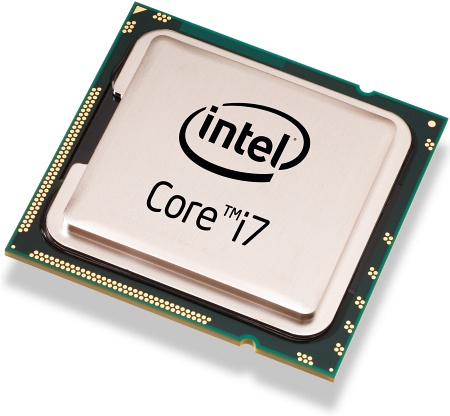Index
- Twelve X58 Boards roundup
- 02 ASUS Rampage II Extreme
- 03 Biostar TPower X58
- 04 DFI Lanparty DK X58-T3eH6
- 05 DFI Lanparty JR X58-T3H6
- 06 Elitegroup X58B-A
- 07 eVGA X58 3X SLI
- 08 Foxconn Flaming Blade GTI
- 09 Foxconn Renaissance
- 10 Gigabyte GA-EX58-UD4
- 11 Gigabyte GA-EX58-UD5
- 12 Intel DX58SO
- 13 MSI Eclipse SLI
- All Pages
Page 1 of 13

Review: Money doesn't buy performance
We would have liked to have published this round-up much earlier, but as you know things happen, especially when dealing with broad subjects and a lot of comprehensive tests. While we may not be the first, we had a chance to witness how BIOS versions of some boards grew-up. And we also noticed some companies don't care about BIOS upgrades at all, regardless of how often we mailed them.

Anyway, after more than half a year on the market, none of the boards proved difficult, apart from some usually silly BIOS settings, but you can get around them easily.
The more complicated thing was to understand how Core i7 works. Most boards come with energy-settings disabled, except Foxconn which does give an edge performance-wise, but increases power-consumption considerably. While at first we could not explain why one board is faster compared to the others, setting all boards manually did the job. Enabling all energy options will decrease performance about 1% which is really no big disadvantage, except for some OC-freaks, but saving up to 30W in idle is quite impressive.
So all our benchmarks were done with C1E enabled, but C-States disabled. BIOS versions which don't have separate settings have C1E if possible, otherwise it's disabled.
For overclocking we choose normal stuff which is to get an i7 920 to 3.46GHz and an i7 975 to 3.86GHz. This is nothing fancy, but any board should manage to do that and for any users that is mostly enough. Depending on the CPU you will get higher with the same voltage or will not reach it. All overclocking tests were conducted with Prime95 and CineBench with Hyperthreading enabled. Benches were done with Hyperthreading and Turbo-Mode disabled to have better comparsion to Core2 and AMD-platform.
We did not apply any memory overclocking tests, because i7 CPUs do vary much. 1333MHz is possible with any board, but consider you may reach 2000MHz with some CPUs and only 1666MHz with others. Also the more modules you use the more difficult it will get. Because the CPUs are so diverse we decided to stick with the maximum specified speed of 1066MHz. Why we have proved that faster memory does cost much more, but does not offer much of a performance boost. The best performance gains will be achieved when increasing the BCLK while overclocking Uncore, QPI and memory.
Let's have a look at all the boards we have lined up for the test.
Prev Next »
